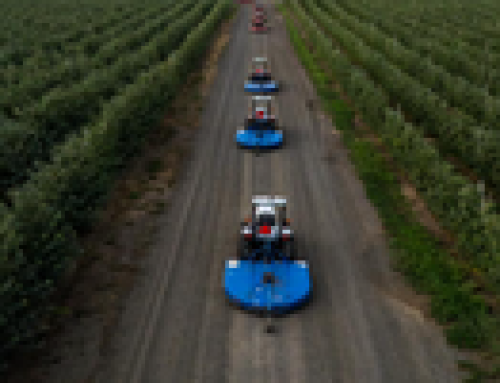National Agricultural Law Center reports:
The Environmental Protection Agency (“EPA”) has proposed to re-register the pesticide dicamba for use directly on top of dicamba-resistant soybean and cotton plants. The proposed re-registration decision includes additional mitigation measures for dicamba, intended to reduce the on-going challenges of environmental impacts and off-target damage to crops.
Newly proposed mitigation measures include a prohibition on aerial applications, limits on the number of applications, a 240-foot buffer zone, and a requirement of three mitigation points from EPA’s runoff/erosion mitigation menu.
Dicamba was first approved for use directly on dicamba-resistant soybean and cotton crops in 2016, but has had its registration revoked twice by federal courts, first in 2020 and most recently in 2024. In 2020, the Ninth Circuit Court of Appeals vacated the registration for over-the-top uses of dicamba after the court determined that EPA had failed to consider various environmental and social concerns when registering the pesticide.
In 2024, federal court in Arizona vacated the registration for over-the-top dicamba after finding that EPA had failed to follow the proper registration procedures.
A comment period on the proposed registration is open through August 22, to find more information on how to submit a comment click here.
For more information on dicamba, click here to view the NALC’s “The Deal with Dicamba” series.
Google reports: Several companies manufacture dicamba herbicide products. Bayer, BASF, and Syngenta are prominent manufacturers, with their products like XtendiMax, Engenia and Tavium, respectively, facing legal challenges and label restrictions. Drexel Chemical Company also produces dicamba products. Additionally, Nufarm, Albaugh and Alligare are also listed as key players in the dicamba market.


